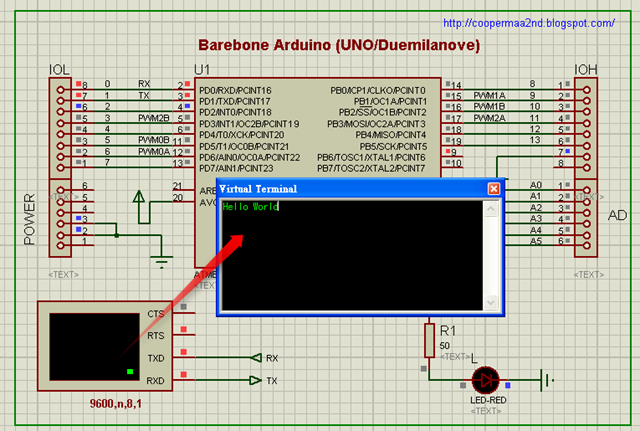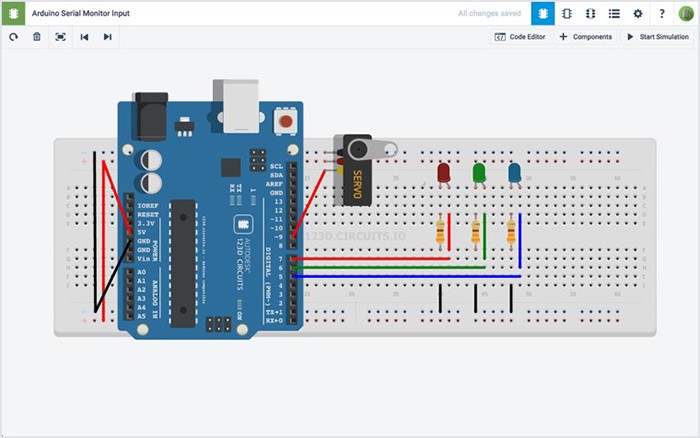

All you need is a browser and a stable internet connection. The best thing about online simulator is, you don’t have to install anything at all on your PC or laptop. Electronics hobbyists, as well as professionals, use circuit simulators often to design and check circuit diagrams. I actually only went looking for it after I had gotten everything working, so obviously your method for defining wires/components is pretty intuitive though.Īlso, my original program used the millis() function instead of delay(), but this causes the simduino app to crash (I think it's returning null).Online circuit simulators are getting more popular day by day. One suggestion I would make is that you put a link to the documentation you have on your site in the app. I think you'll get lots of enthusiasts using it once you've got a few more components (led, wires, and resistors are a great start though). This app is clearly a work in progress and I just hope you continue to expand on it. I also like being able to build my own programs from scratch (simply allowing edits on template programs isn't to useful for me - so thanks for that). I like your download button that lets me get your latest for the sample programs you provide. I just started working with the Arduino recently so I just rebuilt the little light blinking app I wrote with my kids to test out the physical device.

I was able to write my own program from scratch and get it to run. It reports the state of a digital pin - including the Arduino's feature that an unconnected pin has an indeterminate state (could be 1, could be 0) A long tap on these will stop a running program I've added reset buttons to the microcontrollers - like a real Arduino.I've improved the graphics for components (especially transistors and diodes), also I've improved the colours so wires and things show their on/off states better.You can still edit the circuit definition directly if that's what you're into And as if that wasn't enough, you can now pick new components from a sidebar list and drop them on the breadboard.

A big change is that you can move components just by dragging their connectors.I've also improved the transistors sample (delete that sample then reload all samples to get the new version).I've added a sample circuit (named motor) that demonstrates using a transistor to control a motor.I've got ideas for other components like this in the future There is a new workboard area in the middle of the screen, where you can place motors and batteries.Now you can build circuits that really demonstrate how transistors work I've added a few new components: a battery and a motor.This is only a minor release, but there are some huge changes.


 0 kommentar(er)
0 kommentar(er)
